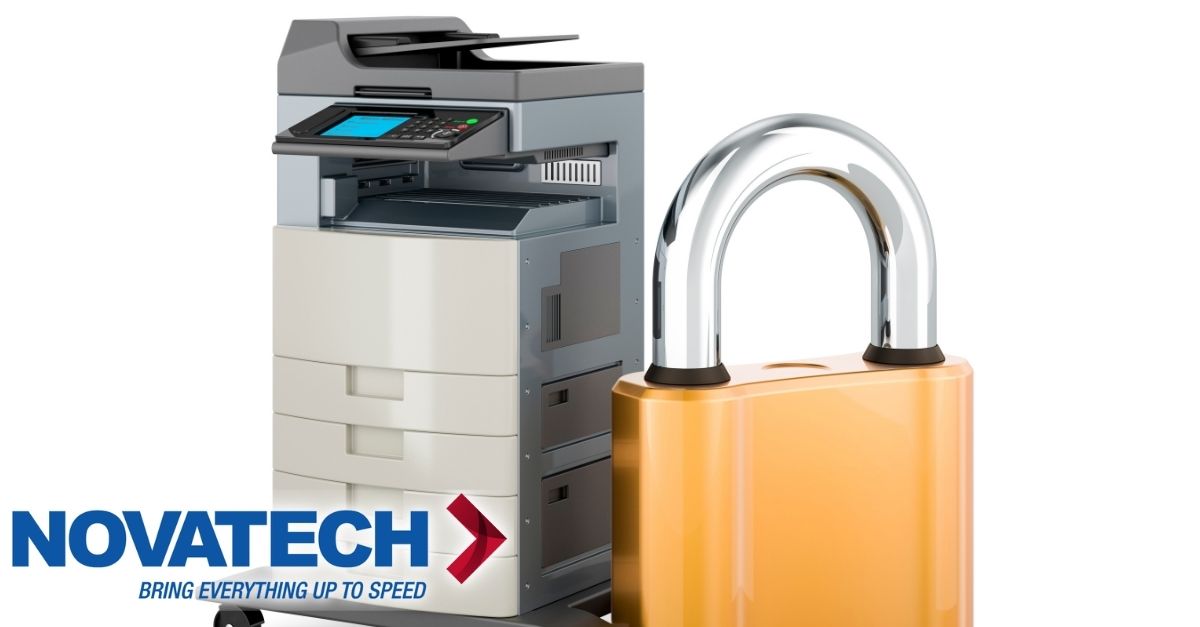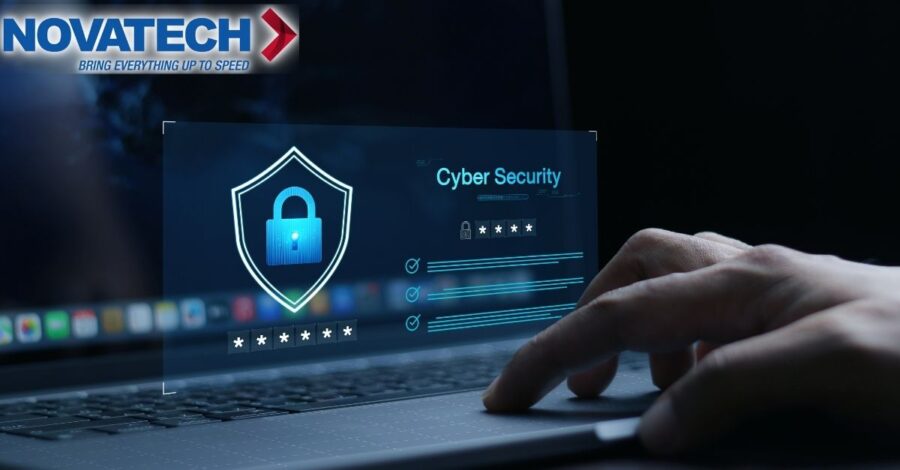Zero Trust Security: 9 Common Questions Answered Simply
4 min read

Zero Trust: Top 9 Common Questions Answered
A simple breakdown for busy business leaders who want to stay ahead of modern cyber threats
If you’re like most business leaders, you’ve probably heard the term “Zero Trust” in IT or cybersecurity meetings.
And if you’re like most people, your first thought was:
“That sounds complicated… and expensive. Is it really something I need to care about?”
Fair question. Let’s break it down—no jargon, no fear tactics—just the real reason more companies are moving toward Zero Trust security and why it matters to your business.
1. Why Should I Care About Zero Trust?
Because the old way of doing security doesn’t work anymore.
Most companies still rely on the “castle-and-moat” model:
-
Build strong walls (firewalls, VPNs, passwords)
-
Let people in (employees, vendors, partners)
-
Once inside, users can often move freely
That worked when everyone was in the office, on company devices.
But today? People work from everywhere. Devices connect from home. Cloud apps run your business. Cyberattacks are smarter and more targeted than ever.
Zero Trust flips the script.
It assumes:
“We can’t automatically trust anything—inside or outside the network.”
Instead of wide-open access, Zero Trust says:
“Prove who you are. Prove you’re safe. Then you’ll get only the access you need—and nothing more.”
2. Is Zero Trust More Expensive Than What I’m Doing Now?
Not necessarily. In fact, you might already own many of the tools—you’re just not using them this way yet.
Zero Trust isn’t a single product. It’s a strategy built around smarter use of:
-
Multi-factor authentication (MFA)
-
Endpoint protection
-
User permissions
-
Cloud access controls
-
Network segmentation
You don’t have to rip and replace everything. Most companies roll it out in phases and often find it saves money over time by reducing breaches and wasted IT effort.
3. Do I Really Need This? Isn’t What I’m Doing Good Enough?
Ask yourself:
-
Do I know exactly who’s accessing my systems right now?
-
Do I know what data they can see?
-
Do I know if their device is secure?
-
If someone clicks a bad link, how far could the threat spread?
If you’re unsure, Zero Trust might protect your business from the breach you don’t see coming.
Most companies don’t upgrade until something breaks. Zero Trust is about staying ahead of that moment.
4. How Is It Better Than the Old Way?
One phrase: it limits the blast radius.
-
Old model: One bad password = full access = total damage
-
Zero Trust: One bad password = limited access = damage contained
It’s like fire doors in a building. If a fire breaks out, it doesn’t spread through the whole building—it’s sealed off and contained.
5. Is It Hard to Implement?
Not as hard as it sounds—especially with the right partner.
Most companies start small by:
-
Enforcing MFA for all users
-
Limiting admin access
-
Segmenting networks
-
Monitoring login behavior
You don’t have to overhaul everything at once. Zero Trust is built in layers, and many parts run quietly in the background.
6. Is There a Better Way Than Zero Trust?
Not really.
Zero Trust isn’t a trend—it’s the gold standard.
Cybersecurity frameworks from NIST, CISA, and even the Department of Defense recommend or require Zero Trust. It’s no longer a “nice-to-have”—it’s becoming the baseline for staying secure.
7. Who’s Actually Using This?
Zero Trust is already protecting:
-
Healthcare organizations securing patient data
-
Financial firms managing sensitive transactions
-
Law firms protecting client files
-
Tech companies supporting remote teams
-
Schools and nonprofits who can’t afford downtime
It’s not just for Fortune 500 giants. If your business uses the cloud, supports remote workers, or holds private data—that means you.
8. Why Haven’t I Heard More About This?
Because most vendors focus on selling products, not teaching strategy.
Zero Trust isn’t a flashy tool—it’s a smarter way to use the tools you already have.
That makes it harder to market, but the companies paying attention? They’re already more secure, resilient, and future-ready.
9. So What’s Next?
You don’t need to adopt Zero Trust overnight.
But if you don’t know exactly who’s accessing your systems—or if you’re still relying on the same password policy you had five years ago—it’s time to take a fresh look.
At Novatech, we help businesses understand what Zero Trust could look like in their setup—and guide them through a phased rollout that actually works.
Because security doesn’t need to be scary. It just needs to be smart.
✅ Ready to See If Your Security Is Still Current?
Let’s walk through it together. We’ll help you spot the gaps, show you where Zero Trust fits in, and protect what matters most.
👉 Schedule a Free Zero Trust Discovery Call with Novatech


